Three multiples have gone cold on the format, but Sainsbury’s and market analysts still see plenty of potential for hypermarkets
The Tesco Extra in Walkden is vast. At 116,000 sq ft, it even boasts its own Facebook page: ‘I got lost in Tesco Walkden.’
But while gargantuan hypermarkets like Walkden have become familiar sights over the past 20 years, the last couple of months have seen detractors suggest the format has run its course, a hoary old monolith outmanoeuvred by the sprightly convenience format or made redundant by the burgeoning popularity of click & collect.
Ironically, its to-date biggest fan, Tesco, first gave signs of sounding the death knell after its disastrous Christmas results, with CEO Philip Clarke scuttling plans for new Extras and slashing capex by £500m. In March, Morrisons CEO Dalton Philips fired both barrels.
“Soulless sheds,” he slammed, adding the hypermarket will be a mere “blip in the pages of retail history”. In the future, he predicted, “general merchandise will not be big box but delivered in a cardboard box”.
With Walmart-owned Asda also moving strategically towards smaller format stores, through the £778m Netto acquisition, is the hypermarket really dead? Or are rumours of its demise greatly exaggerated?
At Sainsbury’s the message is the latter. Size doesn’t matter, says CEO Justin King. It’s what you do with it. “We’ve noted the commentary about the so-called death of the hypermarket,” King says. “Big stores dominated by non-food are not a winning formula but we’ve never dominated our big stores with non-food. We don’t believe that is what customers want. Our 80,000 sq ft-plus stores have well over 50% of the space turned over to food.”
Hypermarkets | |||
|---|---|---|---|
| Source: GRS 2012 | |||
| Stores | Change | ||
| 2011 | 2012 | yoy % | |
| Tesco | 165 | 167 | 1.2 |
| Sainsbury’s | 46 | 57 | 24 |
| Asda | 71 | 69 | -2.8 |
| Waitrose | 1 | 1 | - |
| Morrisons | 1 | 0 | -100 |
| Others | 12 | 12 | - |
Neil Saunders, analyst at Conlumino, agrees Sainsbury’s has got it right - while Tesco has got it very wrong. “Tesco Extras are appalling,” says Saunders. “It’s not that consumers don’t like hypermarkets, it’s that when you go into a Tesco Extra it is awful: bland and warehousey. There is no inspiration for the shopper, whereas Sainsbury’s has been very innovative in terms of product layout and how it has done non-food.”
Saunders also suggests while Sainsbury’s might be slowing down, it is right to keep building big. “Sainsbury’s is being very positive about the future for hypermarkets, and rightly so. It hasn’t got anywhere near as many hypermarkets as Tesco (Sainsbury’s has 57, Tesco 167) so massive expansion opportunities still exist for it. It makes commercial sense for it to expand whereas Tesco has reached saturation point. Tesco’s decision has driven this debate about hypermarkets but one shouldn’t confuse a strategy that is right for Tesco with the wider market. Opportunity remains for others. I don’t think the hypermarket is dead at all.”
Steve Rodell, head of retail at property analysts Christie & Co, believes there will always be a place for hypermarkets - but only for certain operators. “Asda will want to showcase its full range in certain stores. Different operators have different offers and different strategies.”
Rodell also points out the marketing opportunities that spacious, big box stores offer. “You can store BBQs and garden furniture next to BBQ food to tempt shoppers,” he says.
But having acres of space to play with isn’t everything. The annual Grocery Retail Structure, published this week in The Grocer, shows hypermarket growth of 3.4% - broadly consistent with previous years. But convenience growth among the mults is growing at 7.8% - a slight increase on last year. Indeed, the convenience sector is up for the first time in four years thanks to the mults embracing it. Little Waitrose and Morrisons M Stores launched last year, with Morrisons recently announcing plans for hundreds more. Asda’s Netto conversions will surely also be followed up with further additions. And when Tesco’s Philip Clarke slammed the brakes on Extra, he also announced a boost for Express. Small is clearly in vogue, while hypermarkets suddenly look so very noughties.
Rodell also suggests that as convenience expands, it simultaneously constricts hypermarkets. “To thrive, the hypermarket needs a consumer who does a big weekly or monthly shop,” says Rodell. “In the current climate, many shoppers prefer to shop smaller and more frequently.”
Planning also remains a stumbling block for hypermarkets - and the legislation has never been tougher. The new National Planning Policy Framework insists that out-of-town developments can only be considered once every other option has been exhausted.
STORE NUMBERS BY FORMAT | |||
|---|---|---|---|
| Source: Grocery Retail Structure 2012 | |||
| Total | Change | ||
| 2011 | 2012 | yoy % | |
| Convenience | 41,031 | 41,291 | 0.6 |
| Forecourts | 8,763 | 8,586 | -2.0 |
| Supermarkets | 7,430 | 7,329 | -1.4 |
| Superstores | 1,189 | 1,350 | 13.5 |
| Hypermarkets | 296 | 306 | 3.4 |
| CTNs | 3,481 | 3,296 | -5.3 |
| Off-licences | 3,725 | 3,611 | -3.1 |
| Bakers | 6,541 | 7,040 | 7.6 |
| Butchers | 6,633 | 6,540 | -1.4 |
| Farm shops | 3,262 | 3,300 | 1.2 |
| Greengrocers | 1,780 | 1,772 | -0.4 |
| Fishmongers | 992 | 990 | -0.2 |
| Health food | 957 | 1,031 | 7.7 |
| Confectioners | 765 | 757 | -1.0 |
| Other | 3,288 | 3,274 | 0.4 |



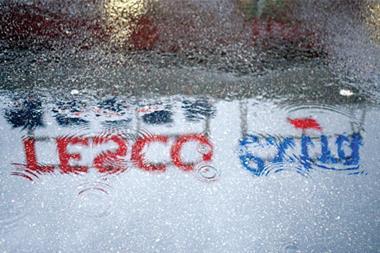

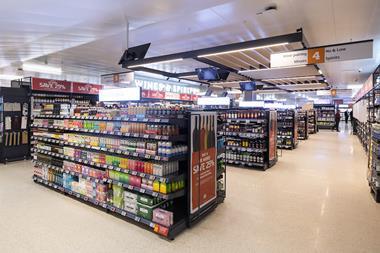




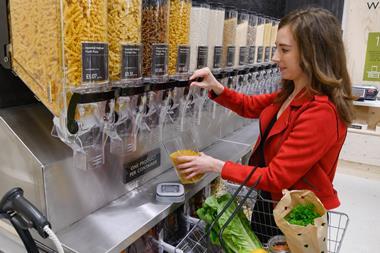
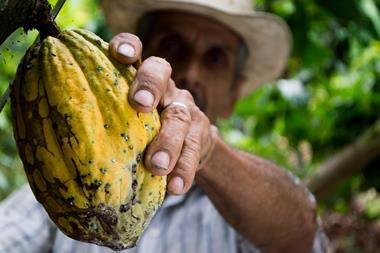


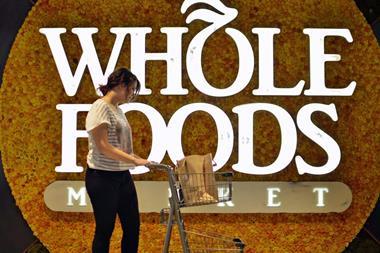
No comments yet